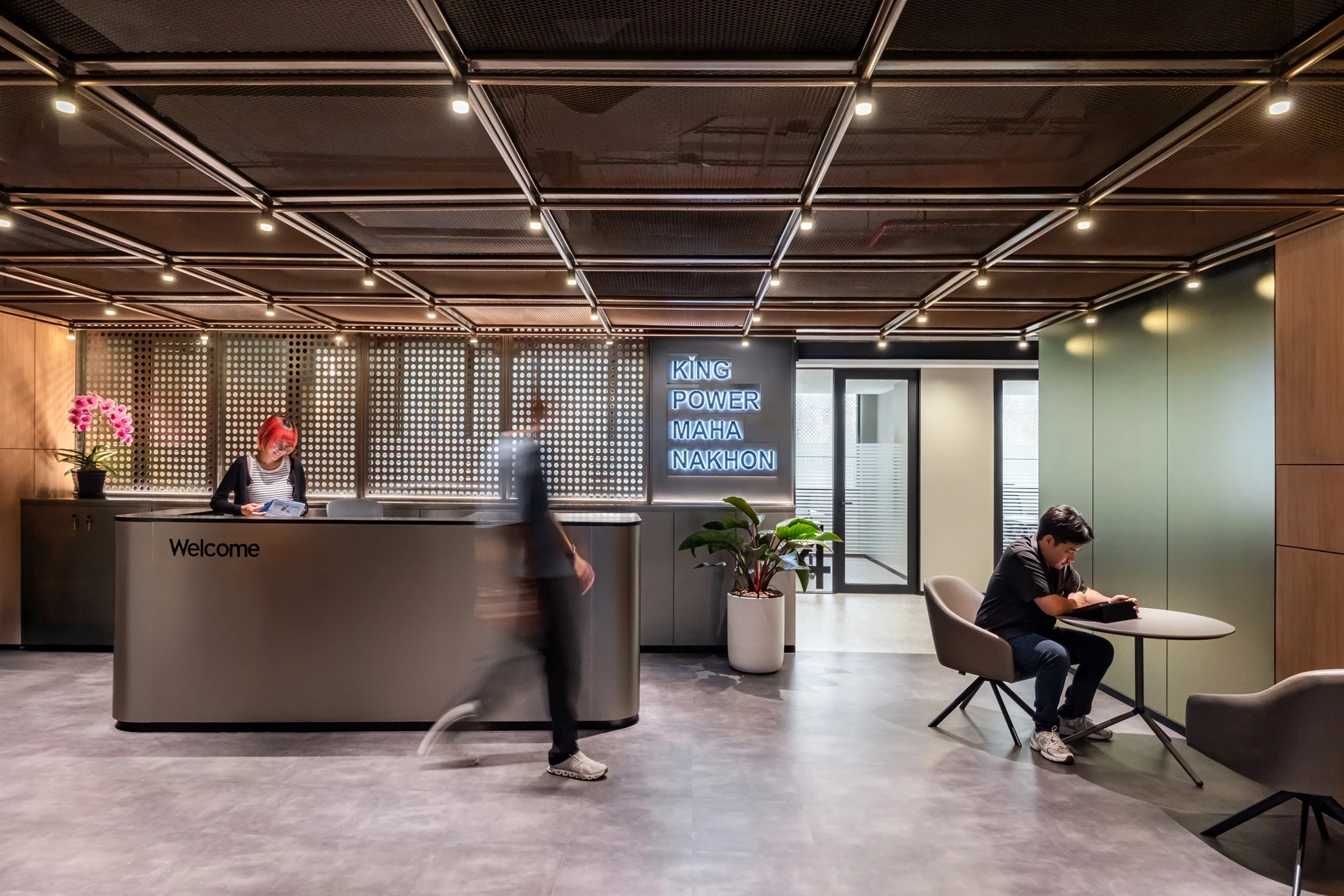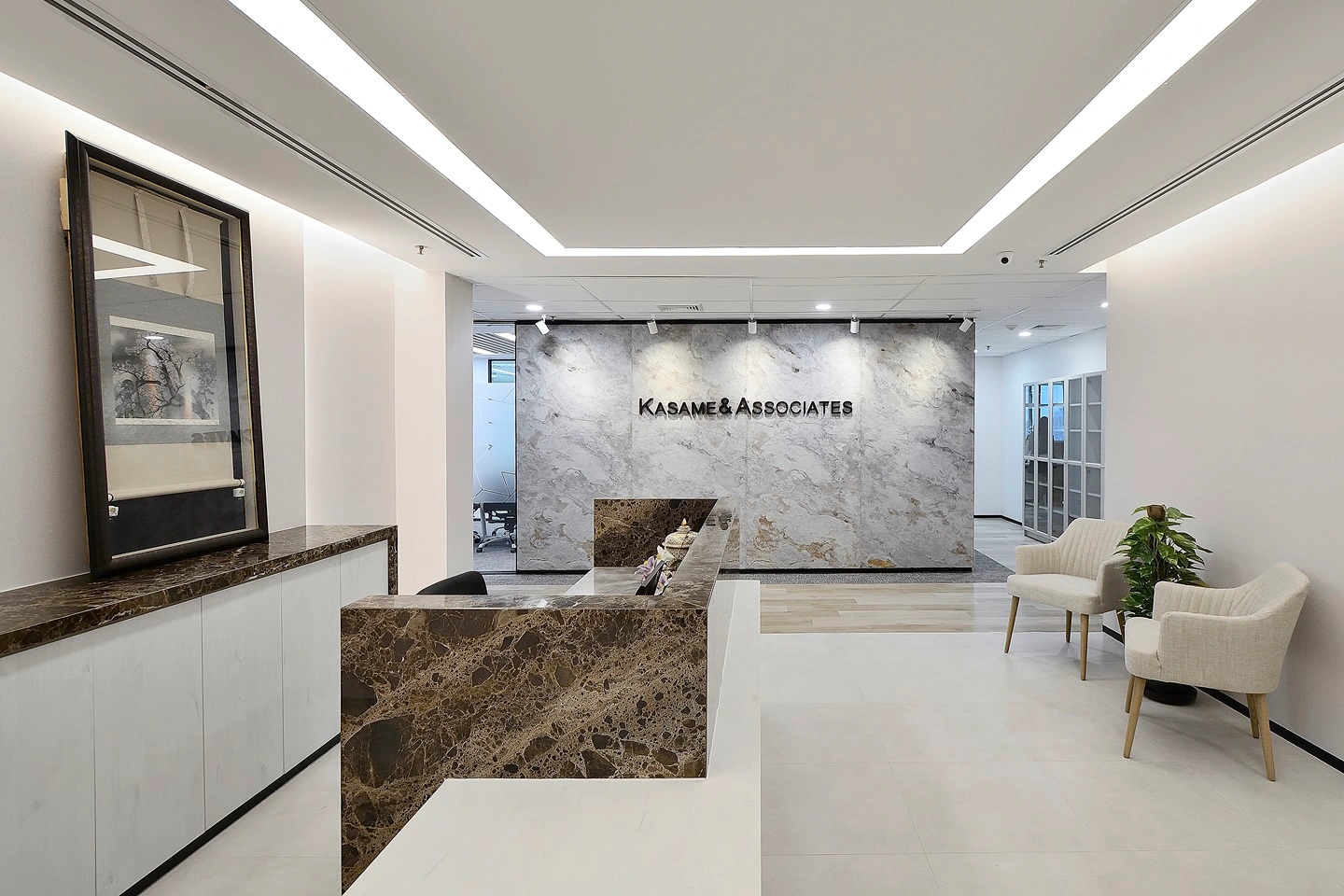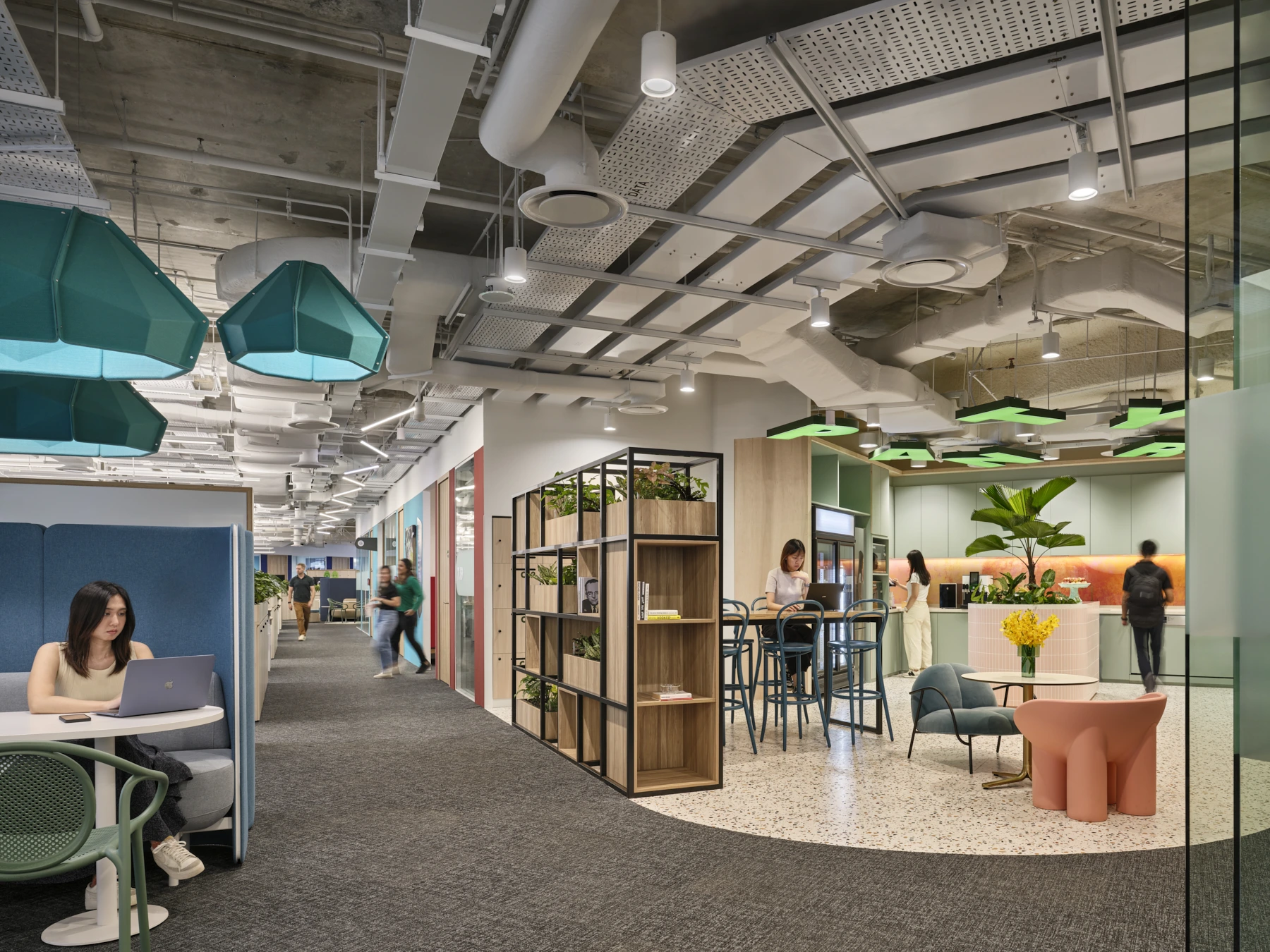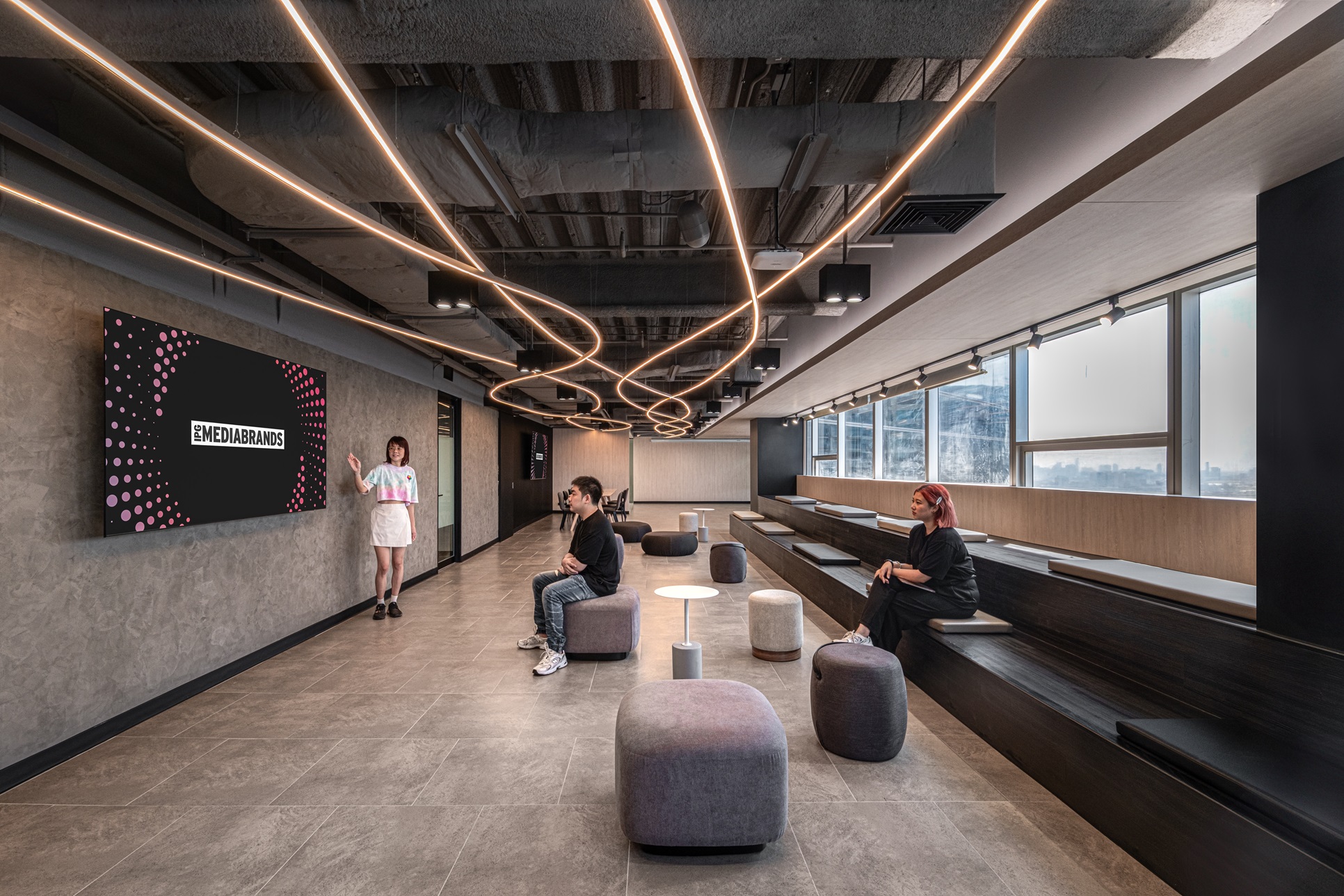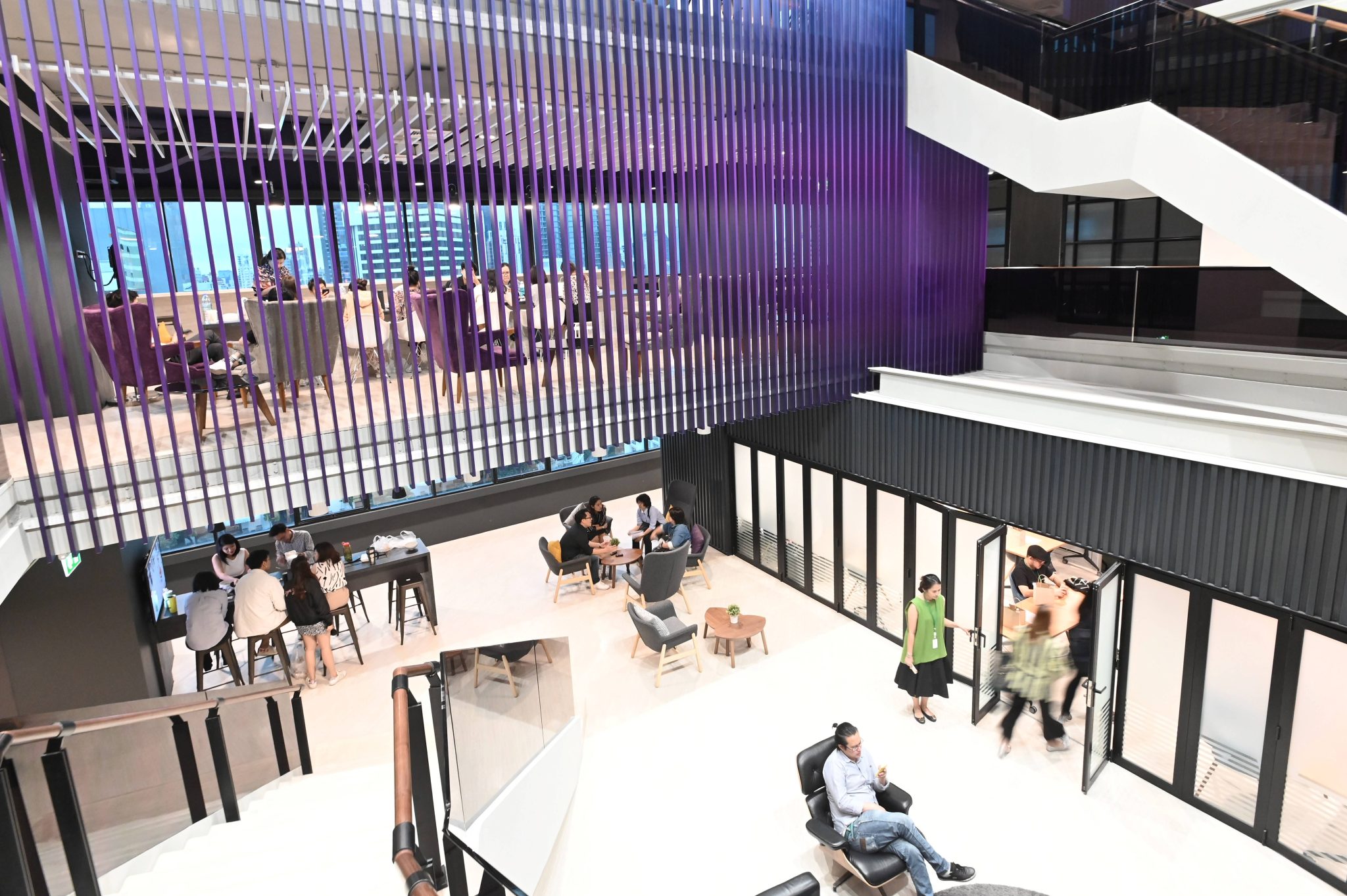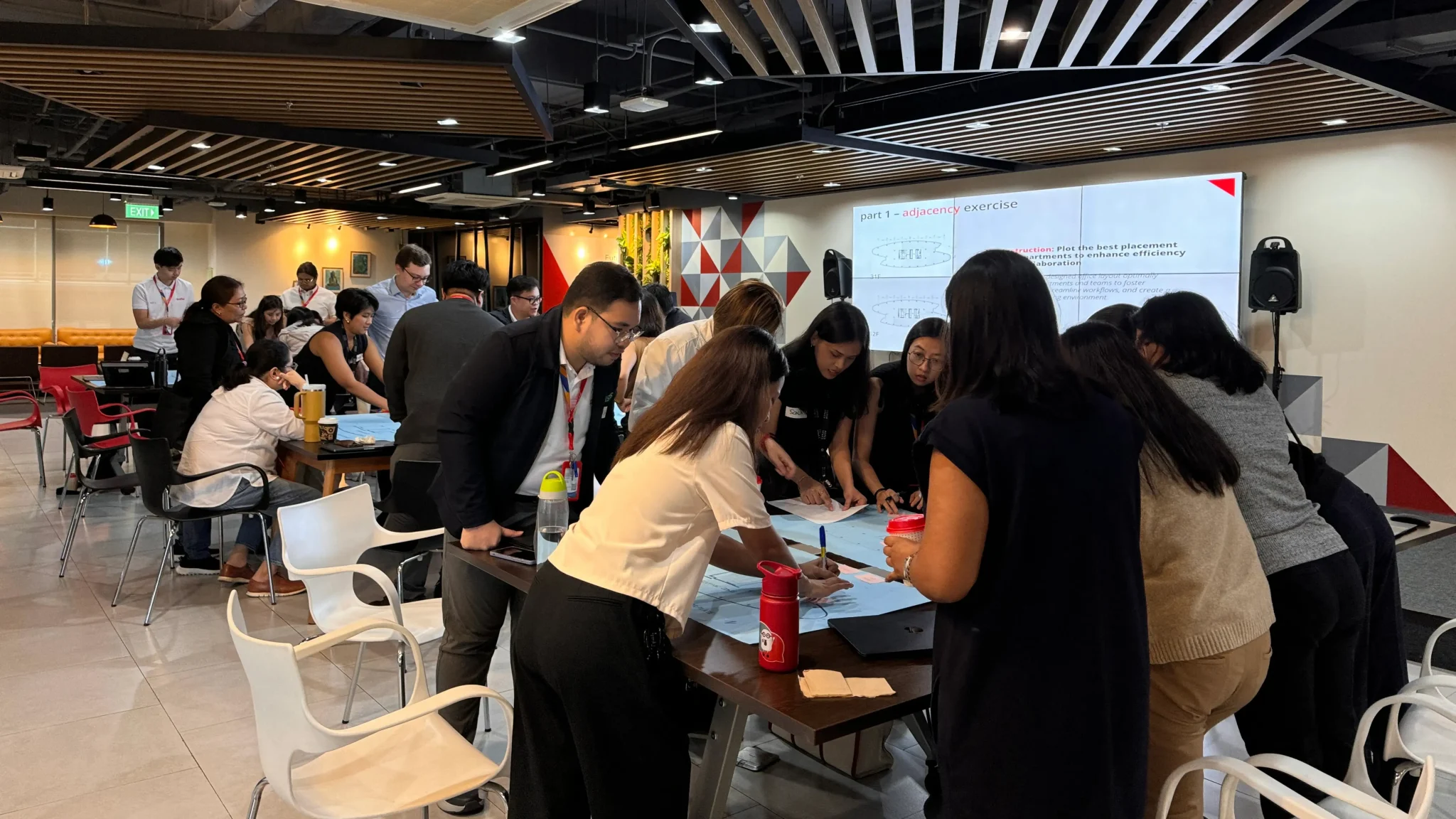Transforming Real Estate Value into Measurable Business Value
30 July 2025
Organisations across Asia Pacific face a persistent challenge: real estate is the second-largest expense for most businesses, yet many still view their workplaces merely as cost centers rather than strategic investments. Changing this perspective requires a robust framework for measuring workplace ROI – especially in the context of corporate office design that aligns space with business strategy.
The Evolving Workplace Value Proposition
Traditional metrics: cost per square foot, occupancy expenses, and utilisation rates, only tell part of the story. Today’s workplace must deliver on multiple fronts: talent acquisition and retention, productivity and collaboration, corporate culture and innovation, brand expression, and environmental sustainability. A strategic corporate office design approach integrates these goals, creating environments that drive performance and reinforce brand identity.
Organisations that fail to measure these broader impacts miss critical insights that could drive strategic decision-making.
Establishing a Workplace ROI Framework
Most successful workplace transformations follow a four-step approach:
Step 1: Define Value Drivers
Start by identifying which business priorities your workplace should support. C-suite executives across the region prioritise:
- Knowledge sharing and collaboration (83%)
- Talent attraction and retention (76%)
- Innovation and creativity (71%)
Step 2: Establish Relevant Metrics
For each value driver, defining specific, measurable indicators provides a clear basis for evaluating performance, tracking progress over time, and demonstrating the workplace’s contribution to broader business outcomes.
For talent outcomes:
- Reduction in turnover rates
- Improvement in employee satisfaction scores
For productivity outcomes:
- Time saved through space optimisation
- Revenue per employee
For innovation outcomes:
- Cross-functional collaboration frequency
- New ideas implemented
Step 3: Collect Baseline Data
Most successful baseline assessments typically include:
- Leadership engagement to align workplace objectives with the overarching business vision
- Employee experience surveys using validated methodologies
- Observational studies to analyse current work patterns
Organisations that implement data-driven workplace design strategies report 27% higher success rates in their transformation initiatives. The best assessments combine quantitative metrics with qualitative insights, shedding light on how employees work together across departments.
Step 4: Implement and Measure
After implementing workplace design changes, rigorous measurement against the established baseline is critical. Companies with highly effective workplaces underpinned by strategic corporate office design achieve:
- 22% higher employee retention
- 16% greater productivity
- 32% stronger connection to company culture

Strategic vs. Traditional Approaches: The Performance Gap
Organisations employing strategic workplace approaches and those maintaining traditional corporate office design models indicate significant disparities. The numbers tell a compelling story (based on 2024 data from Leesman Index and JLL’s Workplace Performance Report, figures in USD):
Talent Outcomes:
| Strategic Workplaces | Traditional Workplaces |
|---|---|
| 14% annual turnover rate | 22% annual turnover rate |
Measurable impact: 8% improvement = $360,000 in annual savings per 100 employees (at $45,000 average replacement cost)
Productivity Metrics:
| Strategic Workplaces | Traditional Workplaces |
|---|---|
| 78% of employees report environment enables productivity | 42% of employees report environment enables productivity |
Measurable impact: McKinsey research shows this productivity gap represents approximately $2.3 million in annual revenue potential per 100 knowledge workers.
Space Utilisation:
| Strategic Workplaces | Traditional Workplaces |
|---|---|
| 72% average space utilisation | 46% average space utilisation |
Measurable impact: 15–20% reduction in real estate footprint while improving experience, yielding $425,000–$575,000 in annual savings per 100,000 sq ft (based on Bangkok CBD rates)
Innovation Indicators:
| Strategic Workplaces | Traditional Workplaces |
|---|---|
| 67% of employees report frequent cross-team collaboration | 34% of employees report frequent cross-team collaboration |
Measurable impact: 41% higher new product development success rate (Steelcase Workplace Innovation Study)
Beyond Financials
While financial metrics are essential, it is equally important to monitor qualitative indicators through:
- Employee experience surveys
- Client feedback
- Innovation metrics
As a result, corporate office design becomes a reflection of a company’s values, boosting cultural alignment and emotional connection among teams.
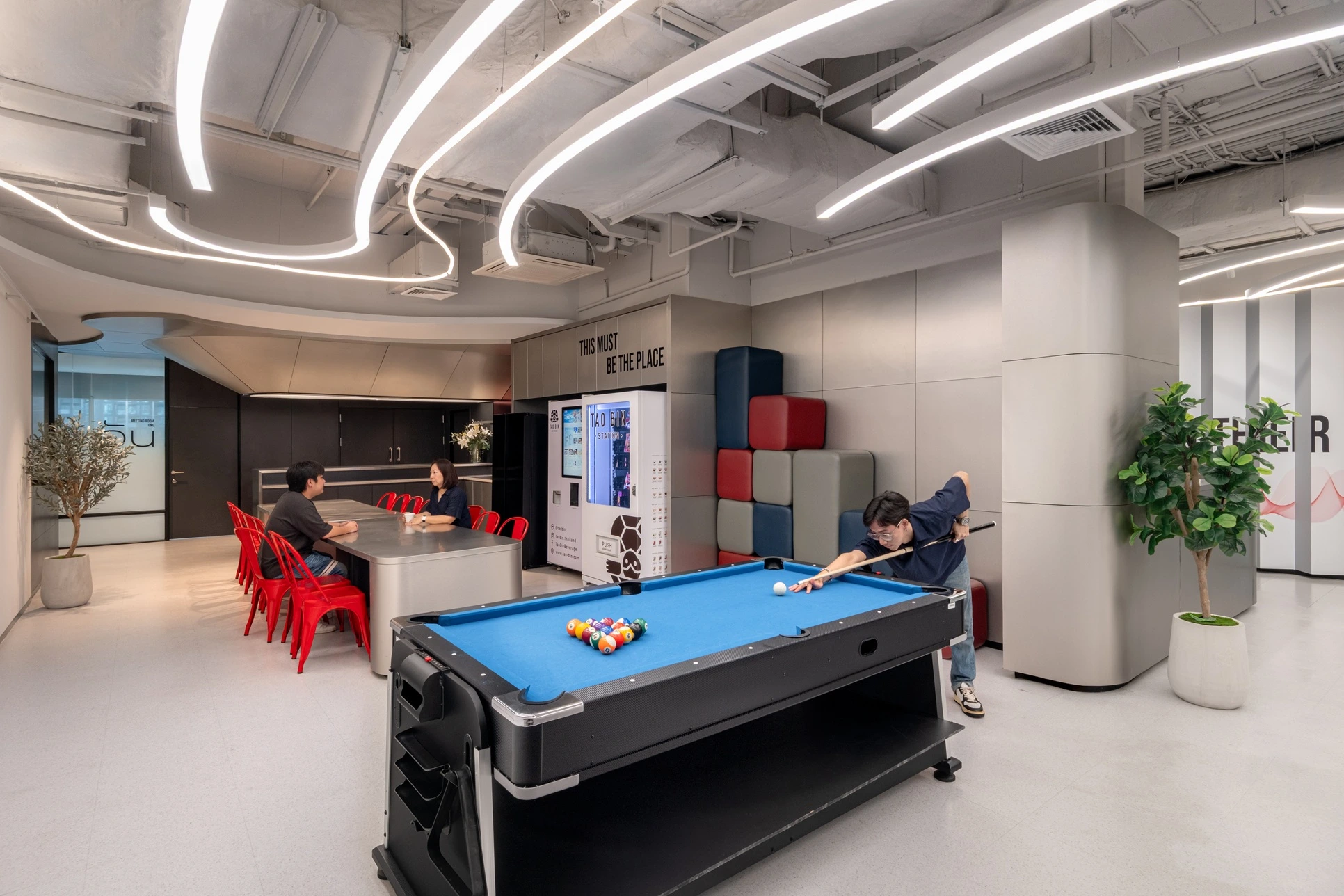
Looking Forward
Organisations embracing strategic approaches consistently outperform their peers across every business metric, while simultaneously reducing real estate costs. The advantage becomes particularly evident during challenging economic periods, with workplace-optimised companies demonstrating 26% greater resilience, according to Gensler’s Work from Home Survey.
In collaboration with organisations rethinking their workplaces, it is evident that rigorous ROI methodologies confer a competitive edge through better-informed decision-making and stronger alignment between their physical environments and business objectives.
By transforming how we measure workplace value, we can transform the value workplaces deliver—by transforming workplaces into catalysts that actively advance an organisation’s most critical business goals.
Sources
- Leesman Index (2023). “Global Workplace Report.” https://www.leesmanindex.com/leesman-review/
- Leesman Index (2024). “Workplace Experience Benchmark Report.” https://www.leesmanindex.com/workplace-experience/
- CBRE (2024). “Asia Pacific Occupier Survey.” https://www.cbre.com/insights/reports/asia-pacific-occupier-survey-2024
- Gensler Research Institute (2024). “U.S. Workplace Survey.” https://www.gensler.com/gri/us-workplace-survey-2024
- Gensler Research Institute (2024). “Work From Home Survey.” https://www.gensler.com/gri/work-from-home-survey-2024
- Gensler Research Institute (2023). “Workplace Survey.” https://www.gensler.com/gri/workplace-survey-2023
- Society for Human Resource Management (2024). “Human Capital Benchmarking Report.” https://www.shrm.org/hr-today/trends-and-forecasting/research-and-surveys/
- McKinsey Global Institute (2023). “The Future of Work After COVID-19.” https://www.mckinsey.com/mgi/our-research/the-future-of-work-after-covid-19
- JLL (2024). “Future of Work Survey.” https://www.jll.com/en/trends-and-insights/research/future-of-work-survey-2024
- JLL (2023). “Occupancy Benchmarking Report.” https://www.jll.com/en/trends-and-insights/research/occupier-benchmarking-survey
- CBRE (2024). “Asia Pacific Office Occupancy Costs.” https://www.cbre.com/insights/reports/asia-pacific-office-occupancy-costs-2024
- Steelcase (2023). “Workplace Survey.” https://www.steelcase.com/research/articles/topics/workplace-survey-2023/
- Steelcase (2023). “Workplace Innovation Study.” https://www.steelcase.com/research/workplace-innovation-study-2023/# Transforming Real Estate Value into Measurable Business Value
Contact us to discover how we can transform your tech workspace into a catalyst for innovation and growth. As one of Southeast Asia’s best commercial interior design firms, we’re ready to bring your vision to life.
TAGS
join our newsletter
Subscribe to receive the latest updates and news on design,
workplace strategy and research into your inbox.

